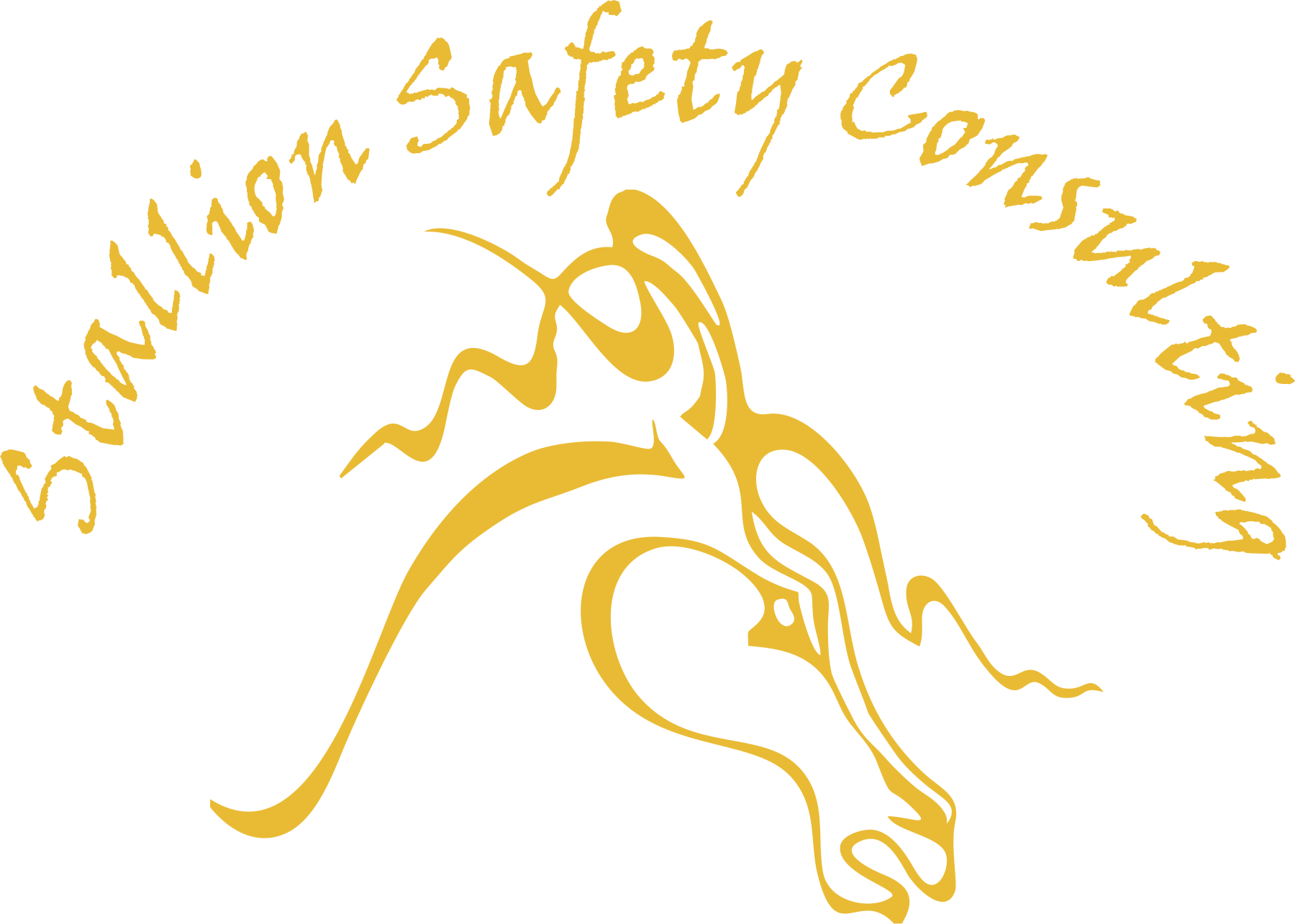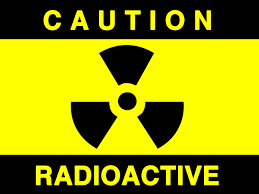In the earth’s crust, NORMs are present in exceptionally low levels. However, when NORMs are processed or refined through some industrial process, the result can be higher concentrations and increased risk of exposure to humans and the environment.
Workers should be aware of the presence of NORMs in the following types of workplaces:
- Phosphate fertilizer plants
- Forestry products and thermal electricity facilities
- Mineral extraction and processing plants
- Metal recycling plants
- Waste management facilities
- Tunneling and underground workings (in some areas where small amounts of radioactive minerals or gases may be present)
- Water treatment facilities (where sportive media or ion-exchange resins are being used to remove minerals).
NORMs can enter the body when contaminated dust is generated and inhaled or when contaminated materials are ingested. The most significant health effects associated with exposure to NORMs are lung cancer and leukemia. NORM levels can vary depending on your location. If the area readings are above typical background radiation levels, NORMs may be present.
Radiation surveys should be conducted by those who have been trained in radiation safety or by external consultants to determine if the material is a NORM or man-made radioactive material.
NORMs should only be handled by those with appropriate radiation safety training and precautions.
These are some general precautions that should be taken when dealing with NORMs:
- Train employees who may encounter enhanced NORM levels.
- Also follow client's and company Naturally occurring radioactive materials (NORMs) Safe Work Practices.
- Prohibit drinking, eating, and smoking in areas where NORMs may exist.
- Store NORMs and any contaminated materials and waste in a designated area and limit access to this area.
- Avoid activities that may create dust containing NORMs such as cutting, grinding, polishing, etc.
- Minimize time spent in NORM-contaminated work areas.
- Maximize the distance from the source of material when handling or storing NORMs.
- Use appropriate shielding to minimize dose rates from the material (if appropriate).
- Dispose of NORM-contaminated materials efficiently to avoid stockpiling the material.
- More involved measures, such as those listed below, should only be carried out by those trained in radiation safety.
- Decontaminate areas of potential NORM contamination and NORM-contaminated equipment.
- Use personnel protective equipment such as impermeable coveralls, boots, gloves, protective eyewear, and respiratory protection.
- Take steps to prevent environmental contamination.
- Check all workers for contamination before leaving the work area.
- Send NORM waste to a facility that is authorized to accept contaminated materials (depending on the levels of radioactivity).


 CAD
CAD USD
USD
Your blog post provided a fresh perspective on the topic. I found the ideas presented to be thought-provoking and the solutions you suggested to be innovative. To protect ourself from EMF exposure, click here.